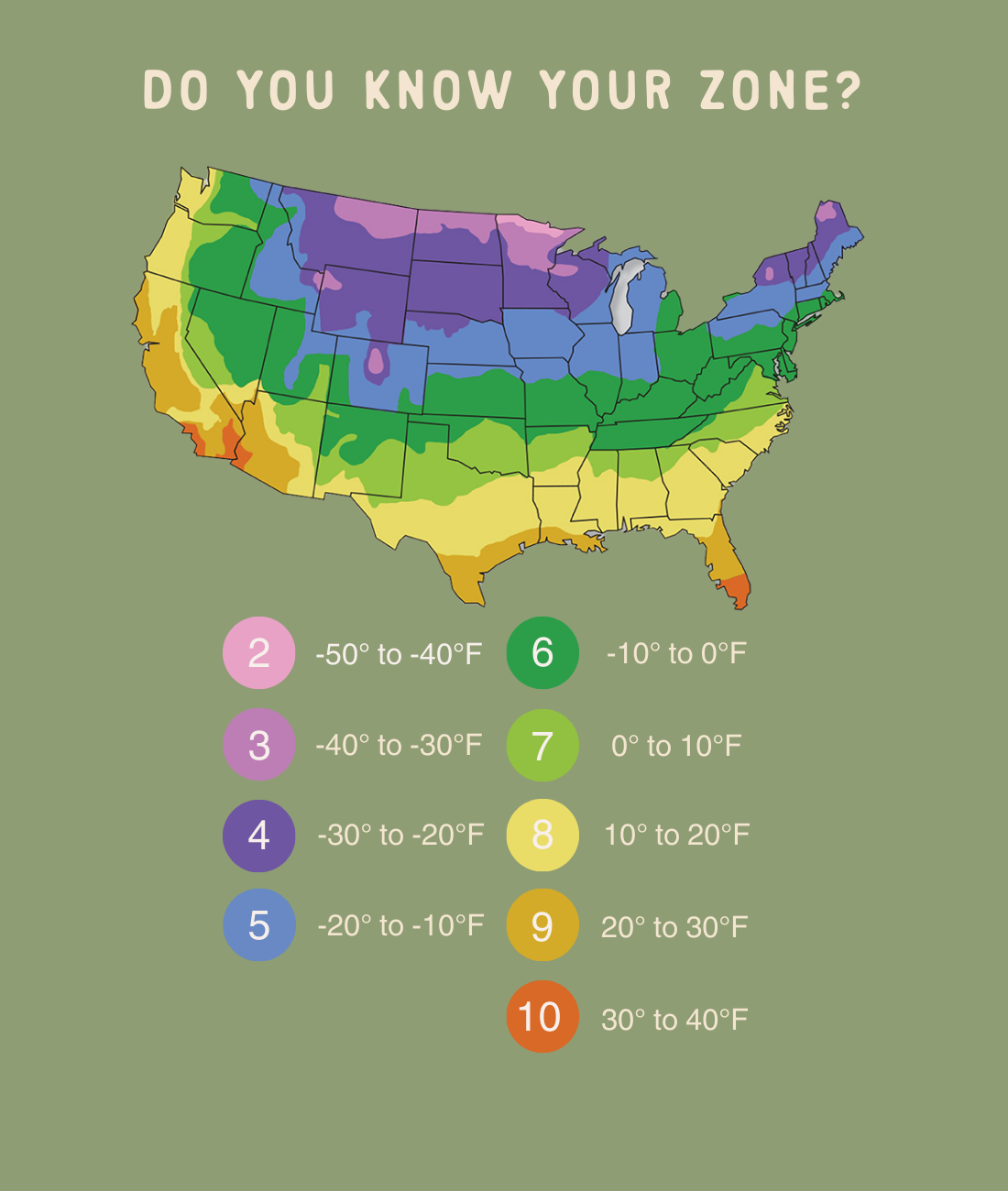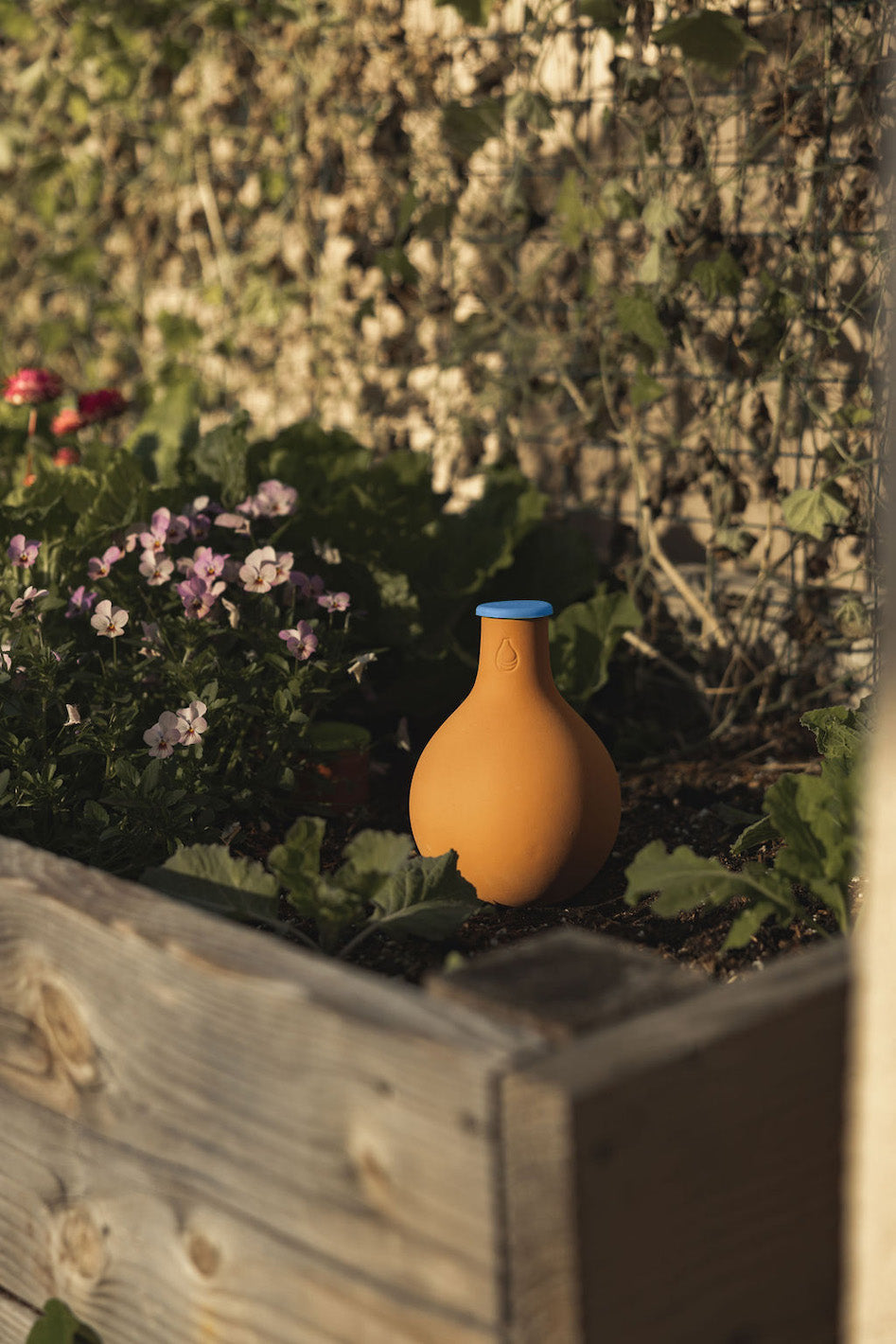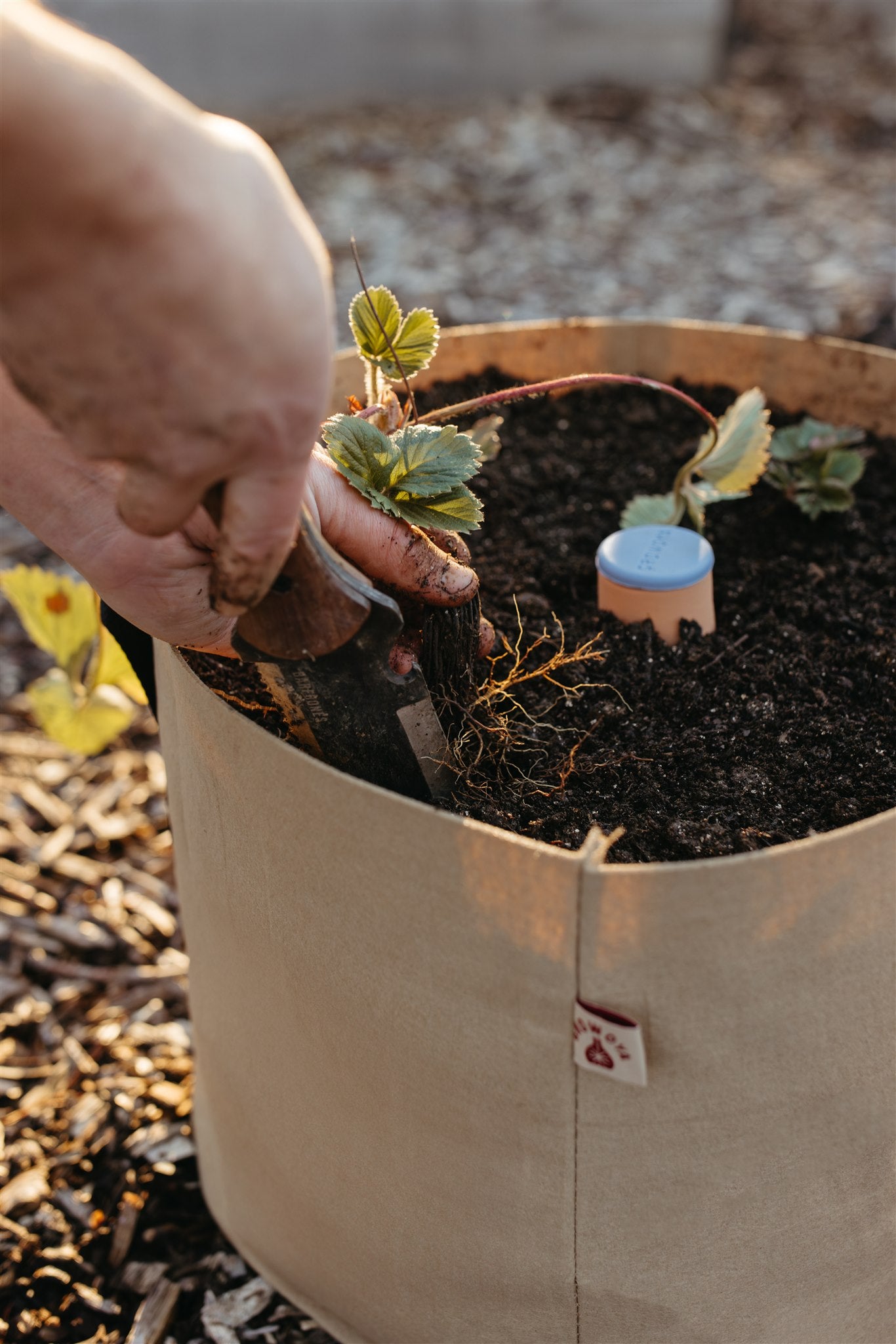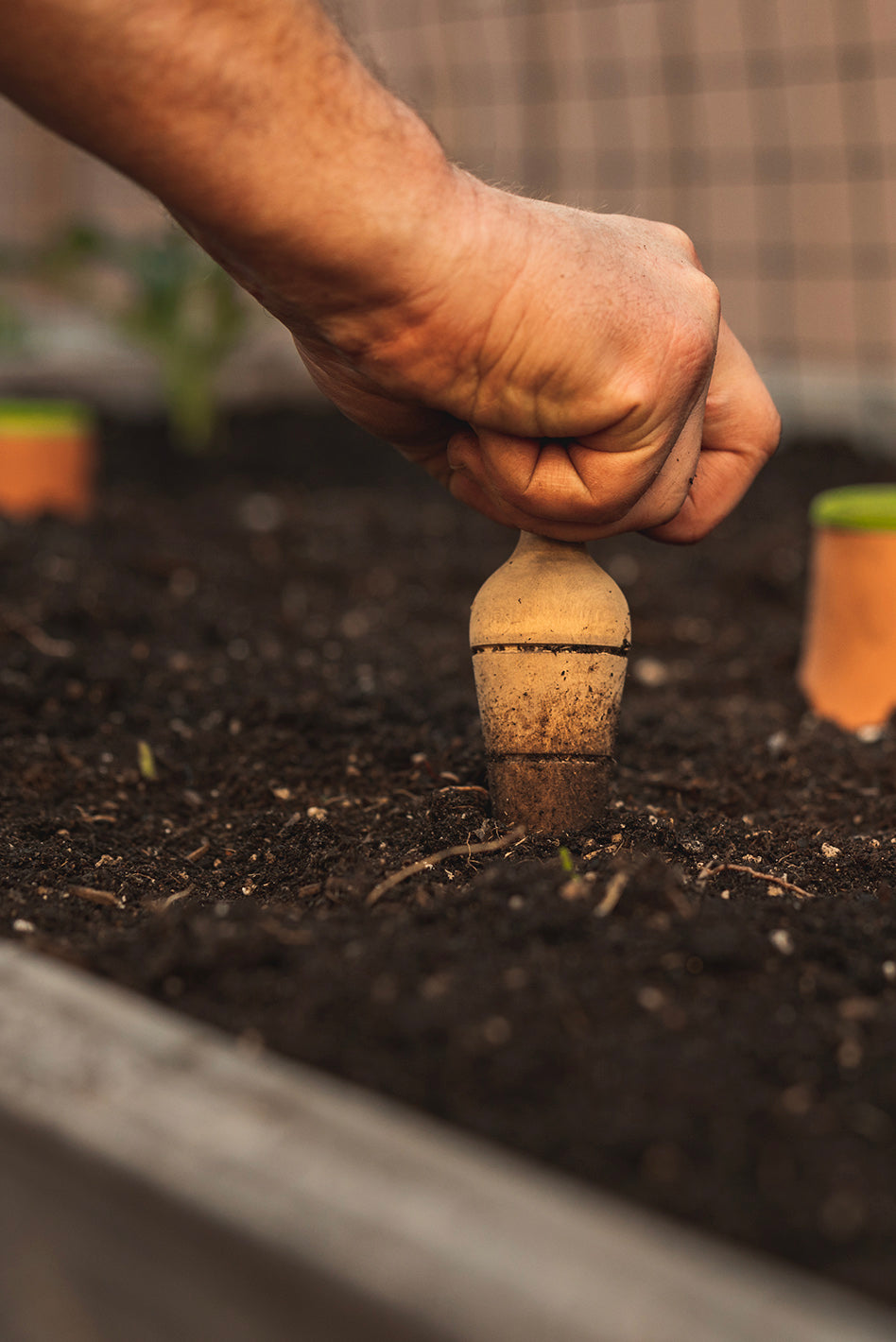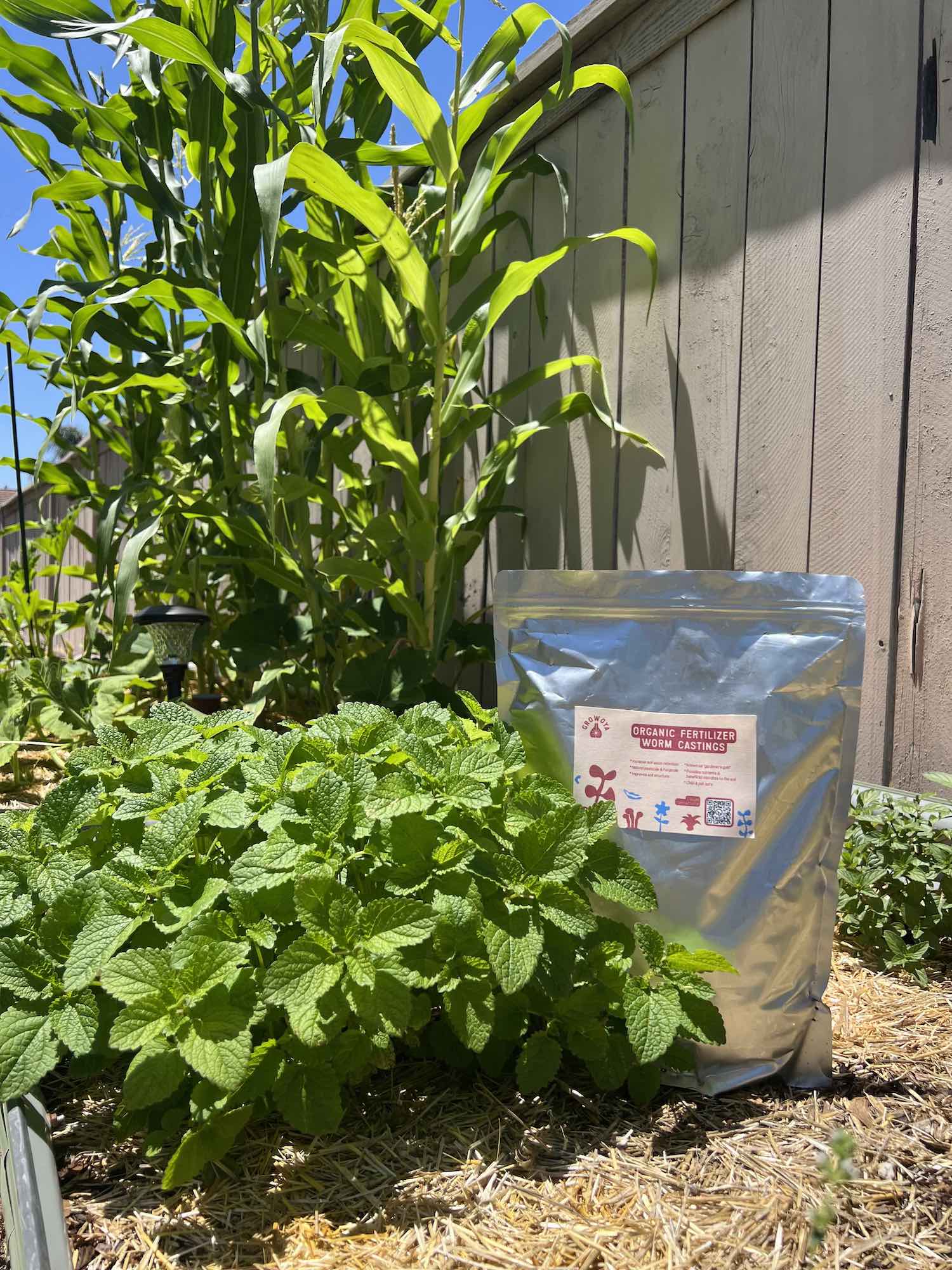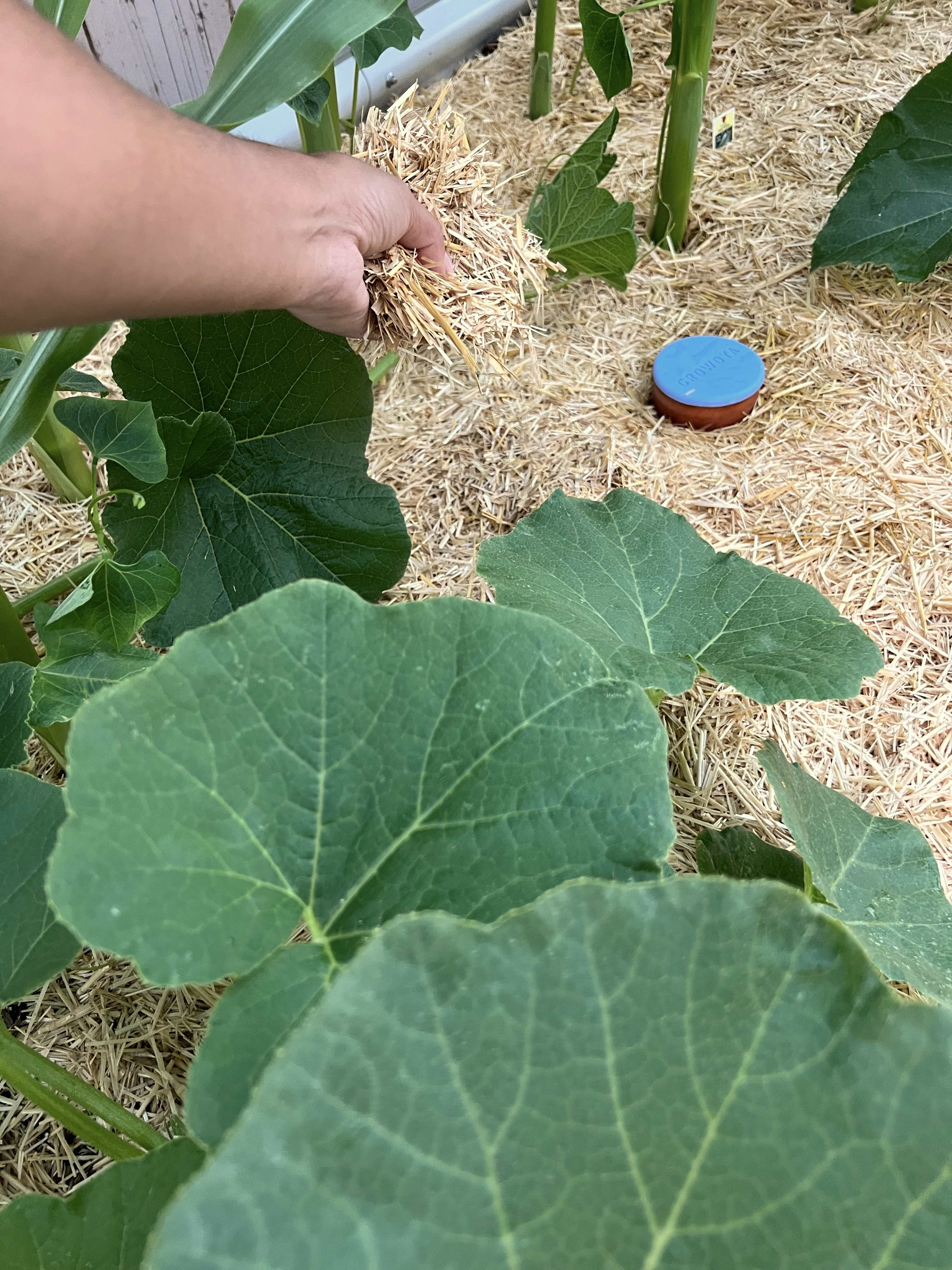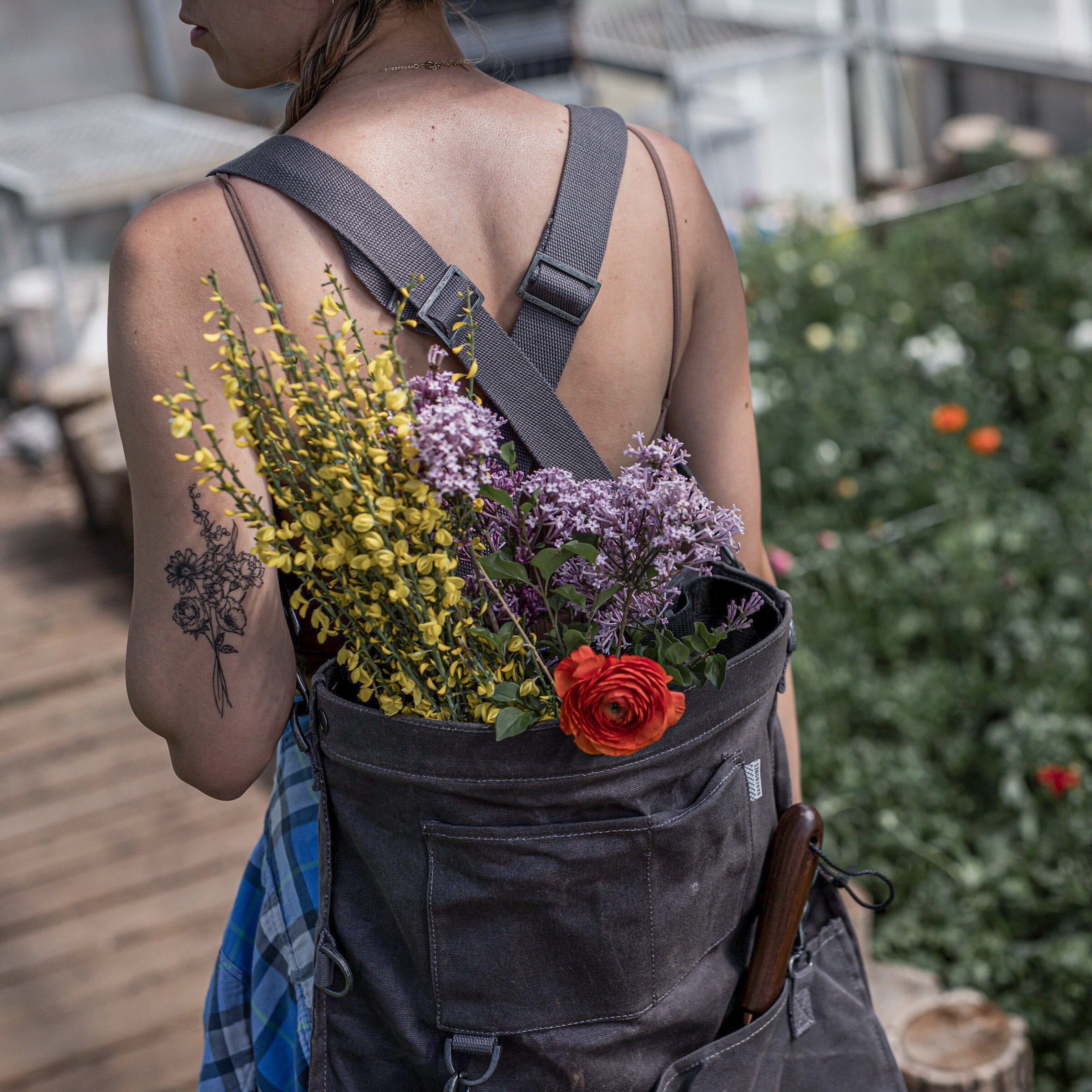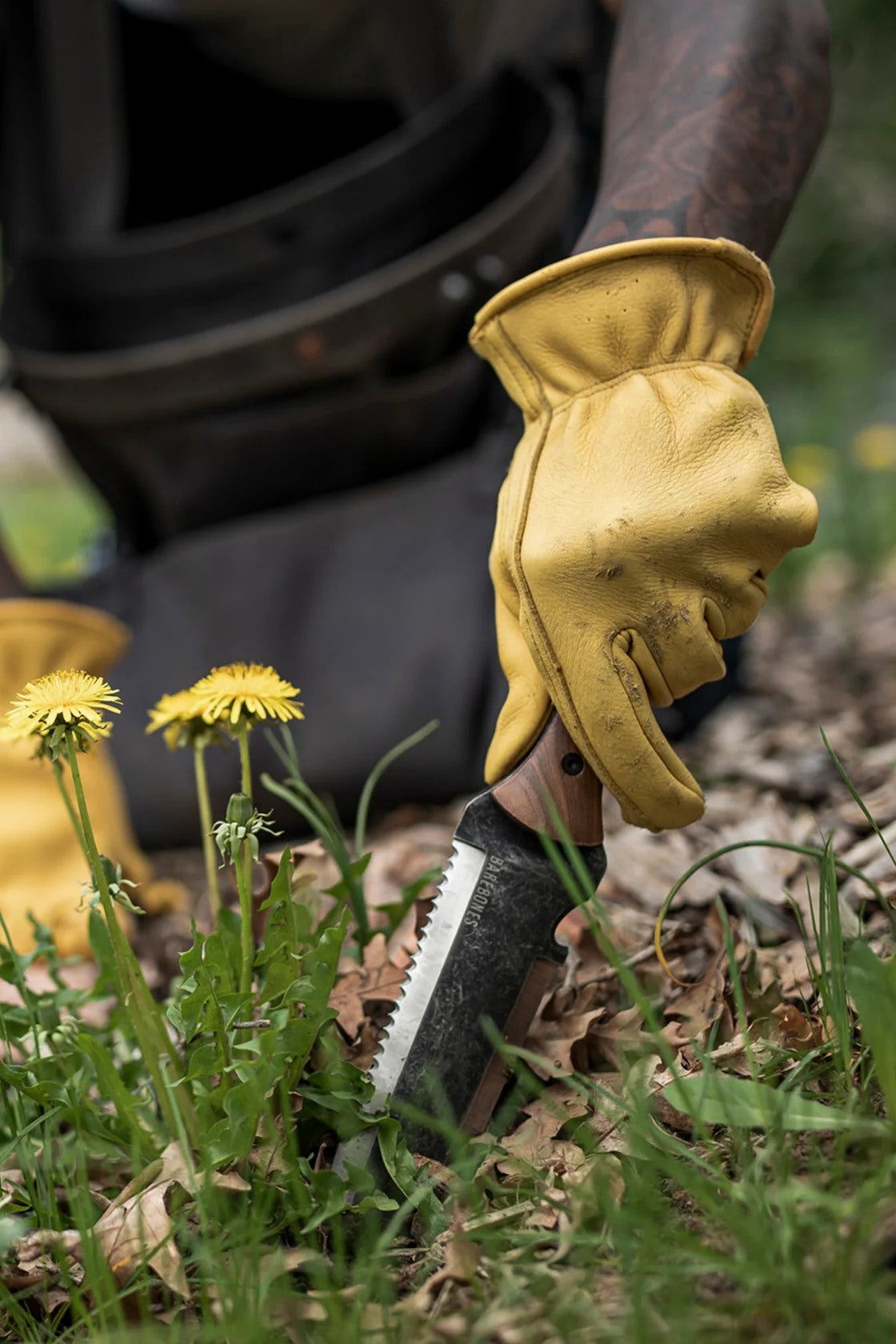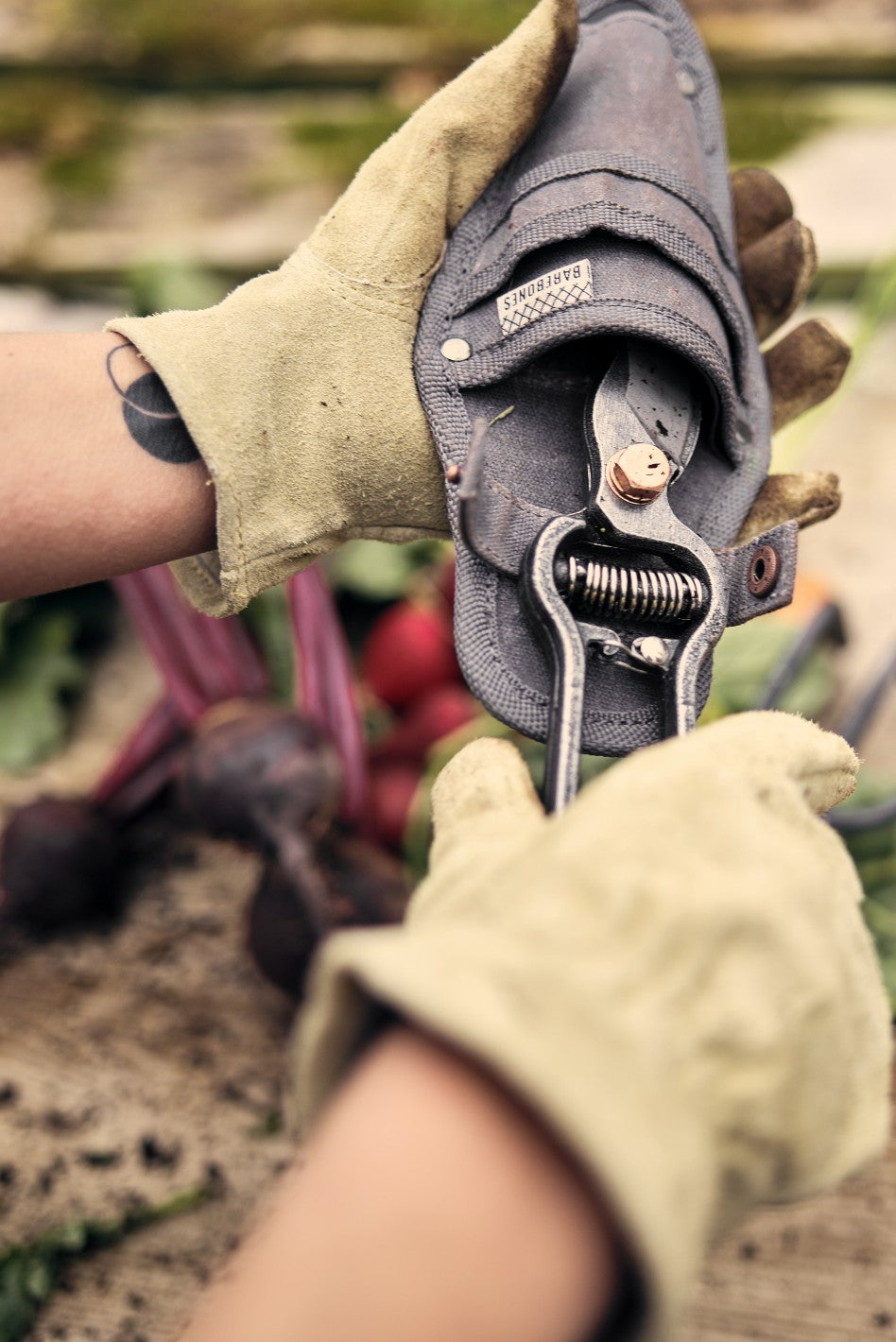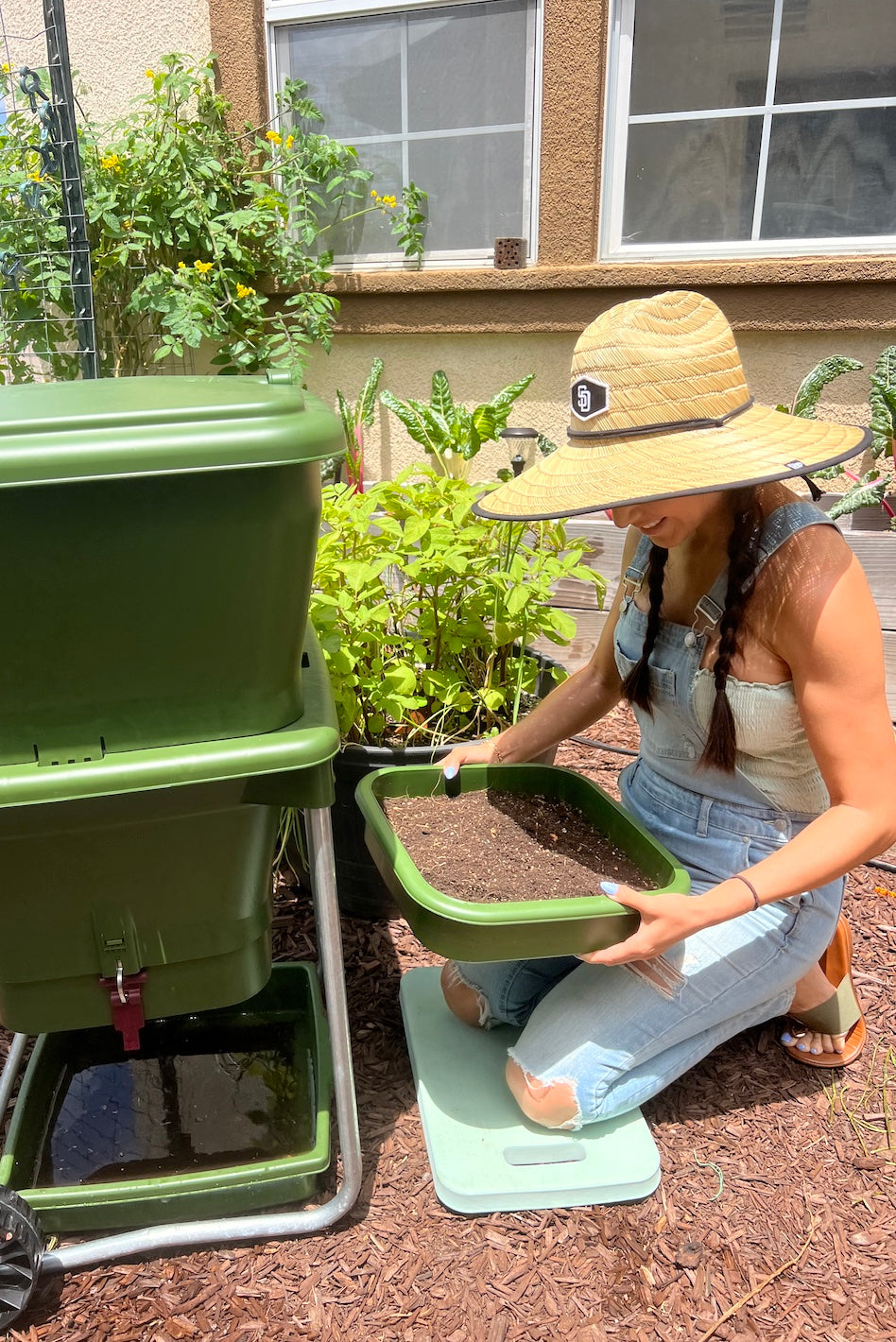A Guide to Finding and Using Your USDA Planting Zone:
When it comes to successful gardening and landscaping, understanding your planting zone is essential. Planting zones, also known as hardiness zones, provide valuable information about the climate conditions in your region, helping you choose plants that are well-suited to your area's temperature extremes and growing seasons. In this article, we'll delve into what planting zones are, how to find your USDA planting zone, and how to effectively use this information for a thriving garden.
What Are Planting Zones?
Planting zones are geographical areas that have similar climate characteristics, particularly in terms of minimum winter temperatures. These zones are defined by the United States Department of Agriculture (USDA) and are based on the average lowest winter temperatures in each region. The USDA Hardiness Zone Map divides North America into 11 main planting zones, ranging from Zone 1 (coldest) to Zone 11 (warmest).
Find Your USDA Planting Zone
Locating your USDA planting zone is a straightforward process that requires only your zip code. The USDA provides an online Plant Hardiness Zone Map that you can use to determine your zone. Here's how to do it:
- Visit the USDA Plant Hardiness Zone Map: Go to the USDA's official website and navigate to the Plant Hardiness Zone Map section.
- Enter Your Zip Code: On the map page, you'll find an option to enter your zip code. Simply type in your zip code and submit.
- Discover Your Zone: The map will display your planting zone based on the entered zip code. You'll see a color-coded map with different zones clearly marked.
How to Use Your Planting Zone
Knowing your planting zone is the first step, but using this information effectively can make a significant difference in the success of your gardening endeavors.
- Select Suitable Plants: Your planting zone helps you understand the temperature extremes in your region. Choose plants that are recommended for your zone to ensure they can withstand the local climate. Plants that are not suited for your zone might struggle to survive or require extra care.
- Planting Time: Your planting zone also dictates the appropriate time to start planting. It's essential to consider both the average last frost date in spring and the first frost date in fall. Planting too early or too late can impact the health and growth of your plants.
- Plan for Winter: Understanding your zone's lowest winter temperatures allows you to prepare for potential frost or freezing conditions. This might involve using protective measures such as frost blankets or bringing potted plants indoors during extreme cold spells.
- Soil and Watering: Planting zones often correlate with soil types and moisture levels. Choosing plants that are well-suited to your soil type and rainfall patterns can contribute to healthier and more resilient plants.
- Microclimates: While the USDA zone map provides valuable information, it's essential to recognize that microclimates can exist within your general area. Factors like the proximity to bodies of water, urban heat islands, or sheltered areas can influence local temperatures. Observe your garden's specific conditions to make more precise plant choices.
- Consult Local Experts: If you're unsure about plant choices or optimal planting times, consider seeking advice from local nurseries, gardening clubs, or extension offices. These resources often have valuable insights specific to your region.
Understanding your planting zone is a fundamental aspect of successful gardening. It allows you to make informed decisions about plant selection, planting times, and overall garden care. By using your USDA planting zone as a starting point and considering other local factors, you can create a vibrant and thriving garden that harmonizes with your specific climate conditions. So, whether you're a seasoned gardener or a beginner, take advantage of this valuable tool to cultivate a garden that flourishes year-round.
